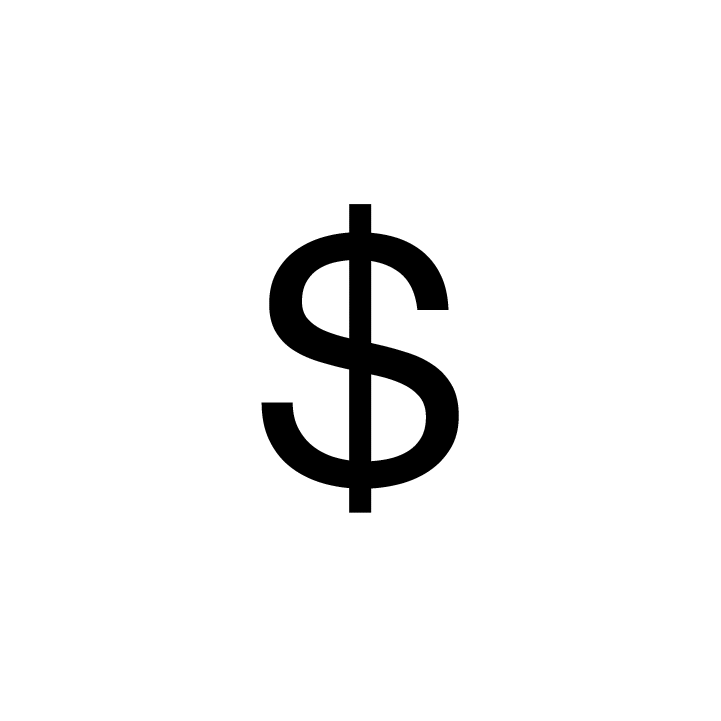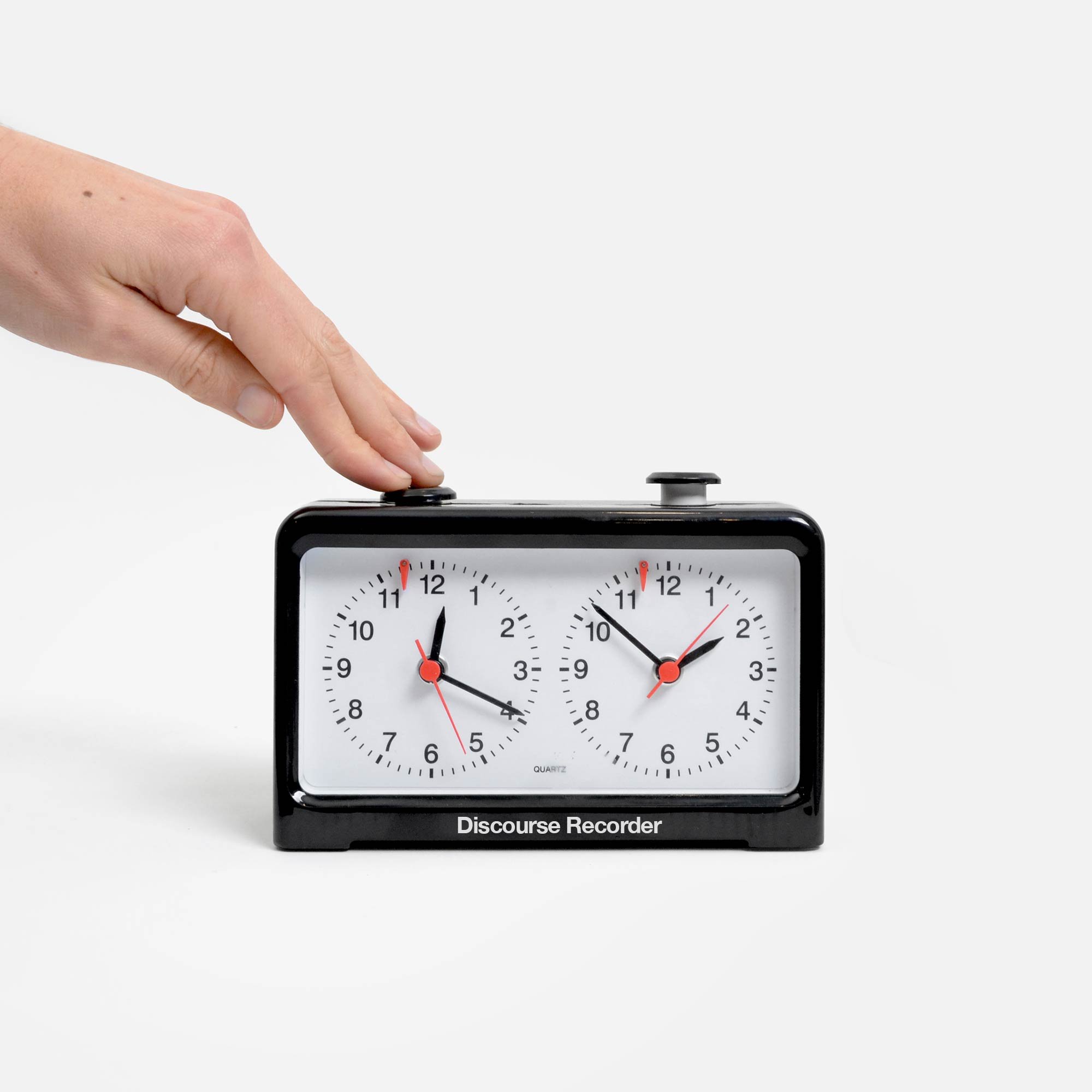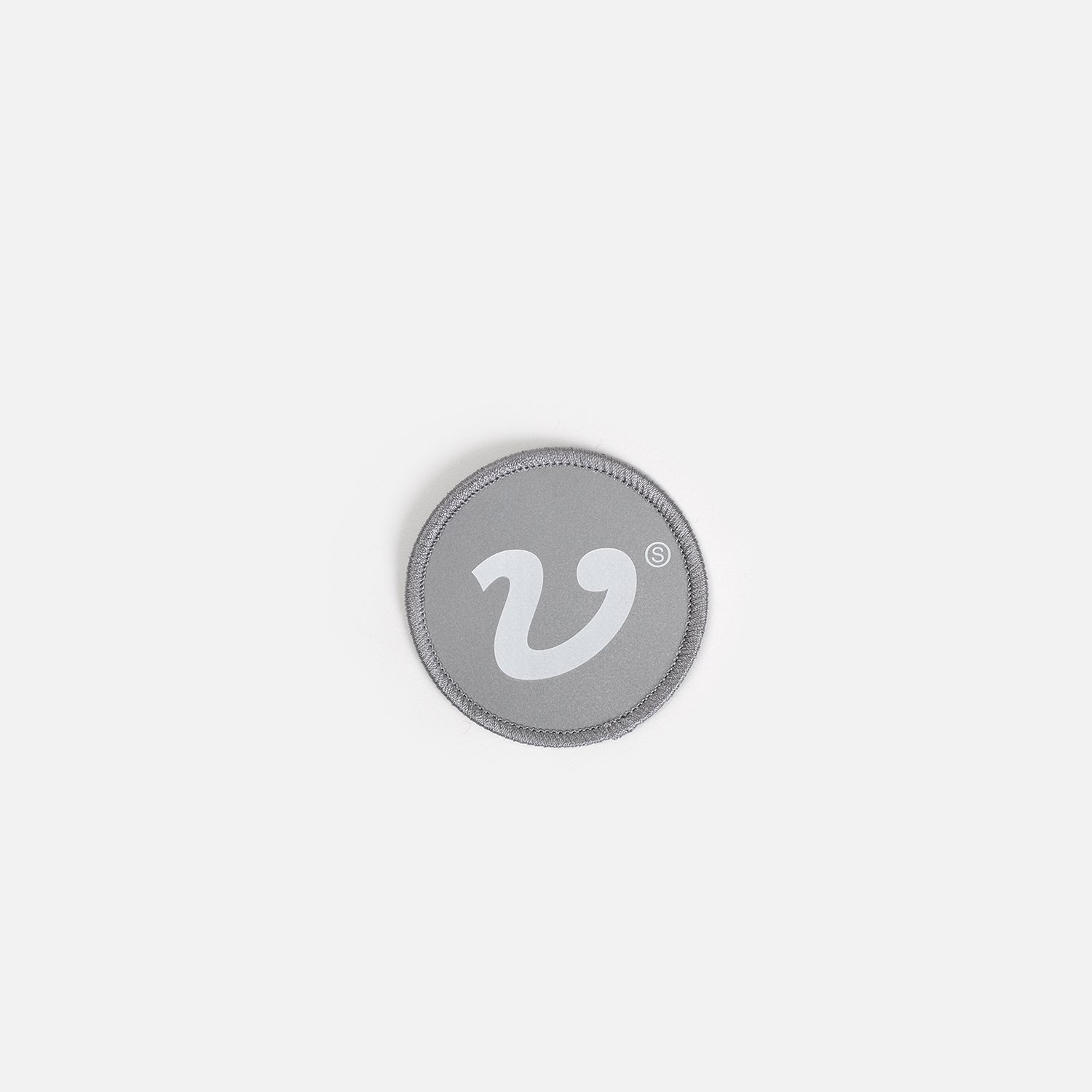DESIGN
Andrew Neyer
2020
SIZING
One size fits most numbskulls
MATERIAL
100% Concept
CONCEPT
Manufactured products require tooling, bulk material, machines, buildings, transportation, and other factors prone to creating waste. A manufactured product must consider all of these wastes in its price since the cost of the product = work + waste + profit.
The pricing drop-down for Ⓢ Cap shows each option's cost consequences. When we understand the actual costs of products, we can make informed judgments on what adds value. In this example, the cost to only produce the cap is $14.25 ea (@ a 25-unit run). However, I must purchase the entire batch to ship one cap, so the total costs of the whole inventory + shipping (the most significant waste in this example) + sorting labor + individual packaging = $696.25. Assuming there are no defects, returns, inventory losses, or giveaways, it would take selling (20) caps @ $35 ea to break even, and if the entire batch sells, it will produce ~ $175 profit (25%).
The fastest route to increase profit is not to increase the price (that's just a cheap shortcut and not very sustainable) but instead to omit waste. By eliminating waste (work that does not add value), you can increase your profit without making the customer pay more. This user-centered approach improves the design and creates a higher percentage of profitability.
Most companies jump to solving low margins by just increasing the production run to lower the cost of goods, decrease the waste of shipping per unit, etc., to increase profit. While this works in theory, it ties up considerably more money in inventory that may not be sold. Also, there are increased costs for bulk orders that get hidden amongst other operating expenses. When we purchase large quantities, we need bigger facilities, expensive shelving, expensive equipment to handle bulk material, maintenance to the machines required, and more labor to handle and transport. These totaled costs drive up the operating cost, square footage, and the number of employees, sometimes faster than the percentage of profitability of the products, and therefore create an incentive to sell high volume to get to a hefty take-home profit. A volume-driven model can become profitable, but it simultaneously scales its wastes in tandem.
In contrast, a profit-driven company should focus on eliminating waste and adding value to its products through good user-prioritized design. This approach wins in the long term and leaves an extremely low environmental footprint. Another direct benefit is having fewer, better-paying positions with more responsibility for the company's health and culture. Finally, running leaner means our work is more productive, and we have time to invest in each other and make our work Art.
Ⓢ Objective
Open Source companies commit time and funds to share their discoveries, whether it’s their fabrication contacts, material suppliers, processes, or any other businessy stuff. We want to build more bridges, not bigger moats.
The Goal
Increase your business’ profitability percentage by removing waste, documenting the process, and sharing your journey and the resources you uncover.
Every company will have a different transparency setting. As you succeed in increasing profit margins, increase your transparency in tandem.















